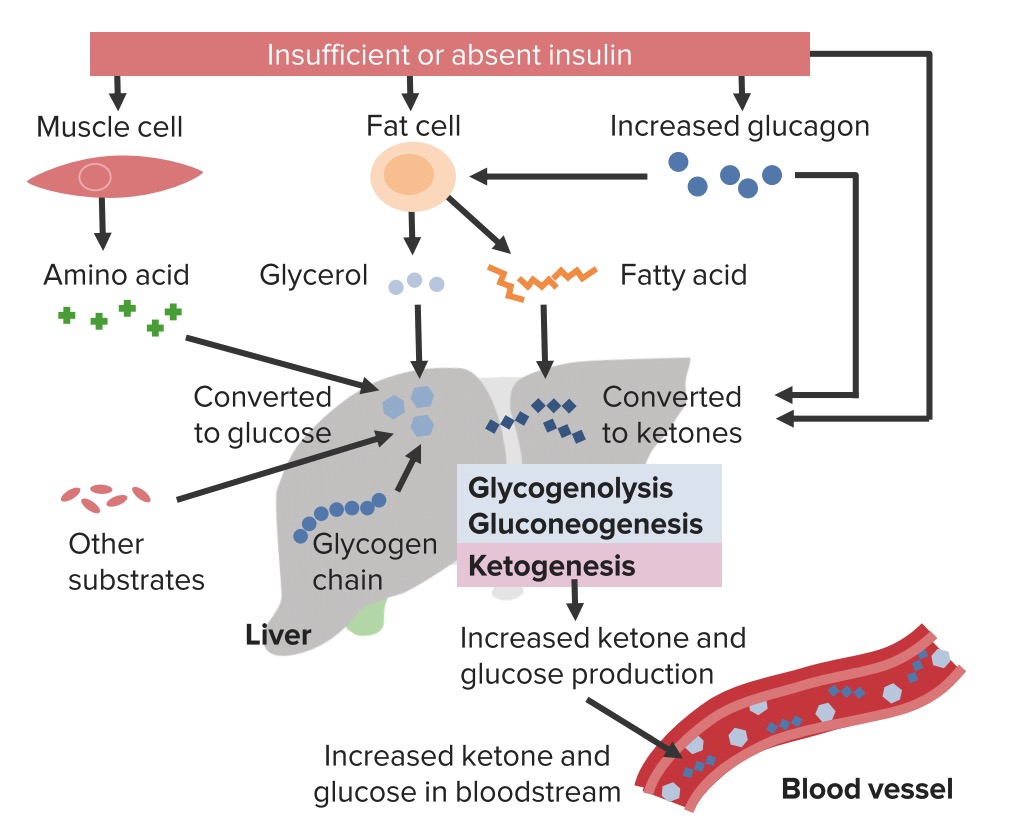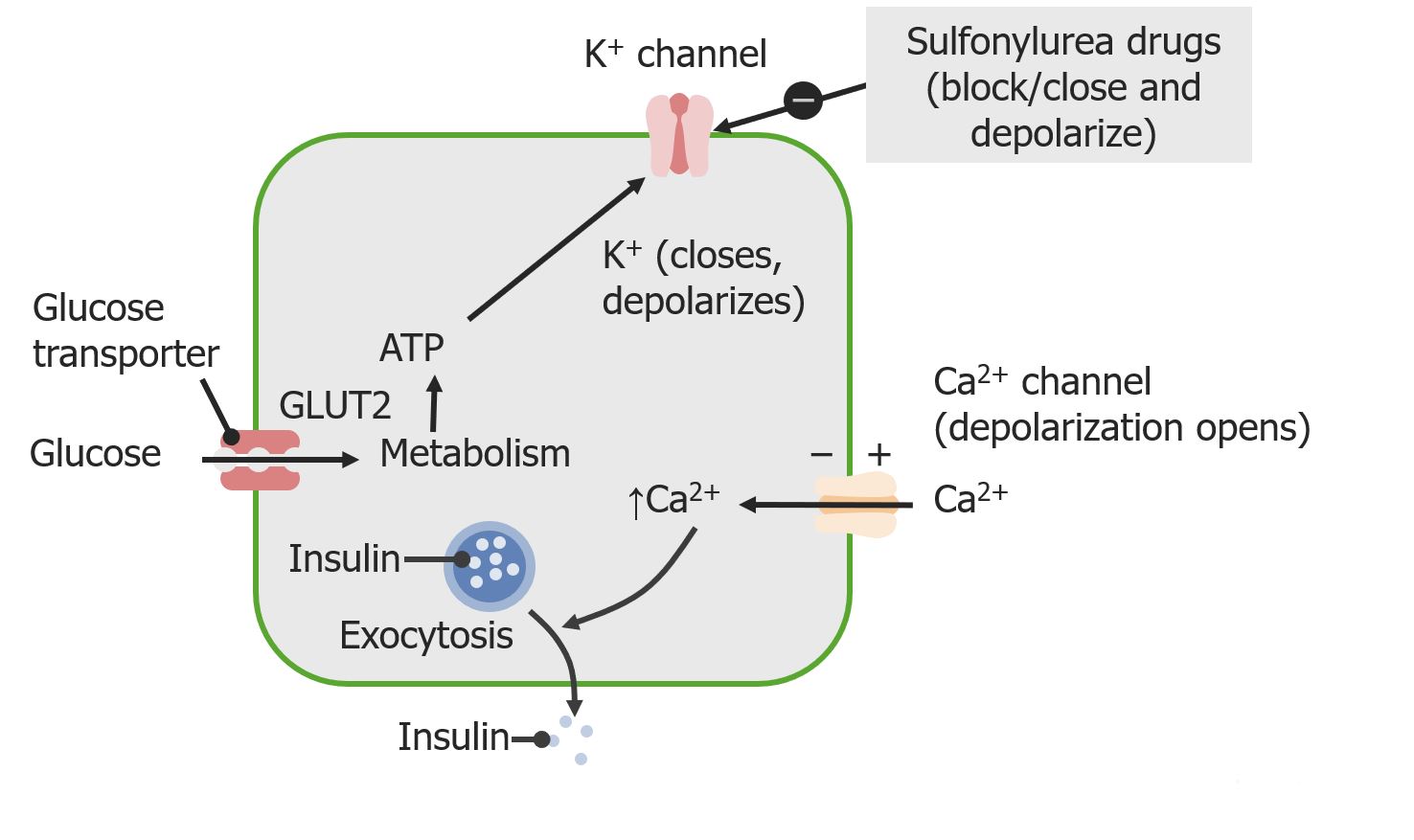Playlist
Show Playlist
Hide Playlist
Hyperosmolar Non-Ketotic State – Diabetes Complications
-
Slides AcuteChronicDiabetesComplications EndocrinePathology.pdf
-
Download Lecture Overview
00:01 Let’s now move on to hyperosmolar non ketotic state. 00:04 This condition or state occurs more so in a type 2 diabetic who is uncontrolled. 00:10 Break up the name, hyperosmolarity is being caused by what? Uncontrolled type 2 diabetes, that means that the patient is now suffering from perhaps most commonly insulin resistance. 00:22 So, therefore, there is going to be massive and pretty exaggerated hyperglycemia. 00:27 When such glucose is elevated in your patient then he or she is in a state of hyperosmolarity. 00:33 Next, well, if there is a little bit of insulin left then understand that beta oxidation is not going to be as extensive as what you might find if in a type 1 diabetic, there is no insulin at all, non ketotic. 00:49 Lab characteristics, take a look at what is normal, normal plasma osmolarity. 00:55 Oh, maybe about 275 to 295, 300 is what you can use for your boards, you should be in decent shape, but you start getting above 320, obviously this is a hyperosmolar state. 01:08 Take a look at your blood glucose, it is 600 resulting in hyperosmolarity and the pH here could possibly be 7.3. 01:18 Do you understand if you have ketosis, how in the world could the pH be so high. 01:24 Clear? Non ketotic is what you are paying attention to here. 01:28 Signs and symptoms, once again, lot of osmotic dieresis. 01:34 If you have dehydration, fatigue, blurred vision, polyuria quite a bit, mental status changes, you are worried about coma for sure and take a look at the plasma osmolarity, extremely high. 01:54 Common participants here, once again, new onset quite a bit of infection in terms of the cause often times being infection resulting in a very stressful state and perhaps even going into DKA. 02:09 Other severe physiologic stresses including, well, stroke, myocardial infarction, obstruction. 02:18 Management, once again, fluid resuscitation, insulin, what are you worried about when you give insulin? Number one, you are worried about glucose dropping extensively and number two, you are worried about potassium and also monitor magnesium, electrolyte replacement.
About the Lecture
The lecture Hyperosmolar Non-Ketotic State – Diabetes Complications by Carlo Raj, MD is from the course Pancreatic Disease and Diabetes.
Included Quiz Questions
Why is there no ketone body production in a hyperosmolar nonketotic state?
- Presence of endogenous insulin
- Metabolism of acetoacetic acid
- Increased beta-oxidation of fats
- Decreased glycerol availability
- Presence of anion gap acidosis
Why are patients in a hyperosmolar nonketotic state severely dehydrated?
- Osmotic diuresis
- Inability to take in water
- Kidney failure
- Hypervolemia
- Hypoglycemia
What would NOT be found in a patient in a hyperosmolar nonketotic state?
- Kussmaul breathing
- Osmolarity > 320 mOsm/L
- Serum glucose > 600 mg/dL
- pH > 7.3
- Absence of serum ketones
Customer reviews
5,0 of 5 stars
| 5 Stars |
|
5 |
| 4 Stars |
|
0 |
| 3 Stars |
|
0 |
| 2 Stars |
|
0 |
| 1 Star |
|
0 |







